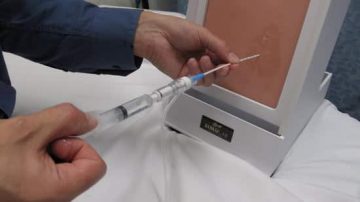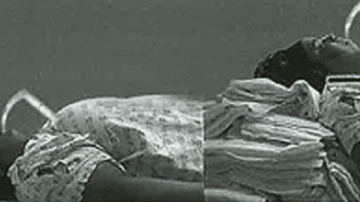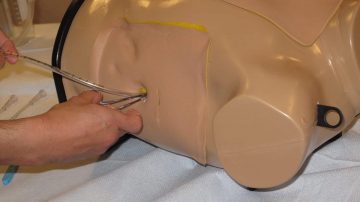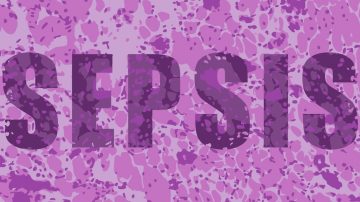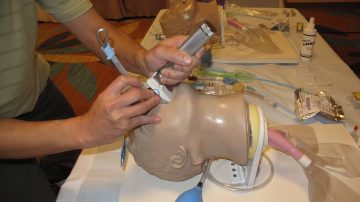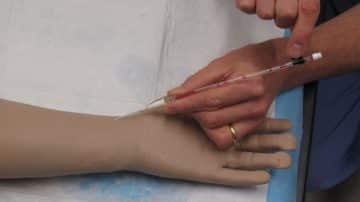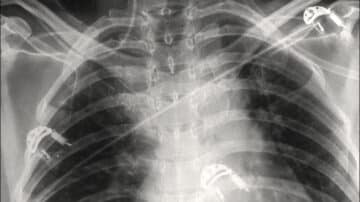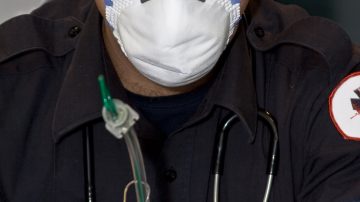More Articles – Cardiovascular diseases, Central line, Featured, medical procedures, Nephrology, Respiratory diseases, Thoracentesis
There are two myths that have persisted about thoracentesis and pleural fluid analysis that must be dispelled. The first myth is that a large volume thoracentesis should not remove more than 1,500 mL fluid due to the risk of re-expansion…
Read More
